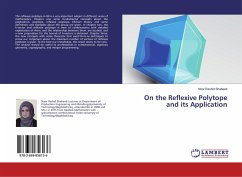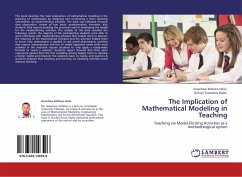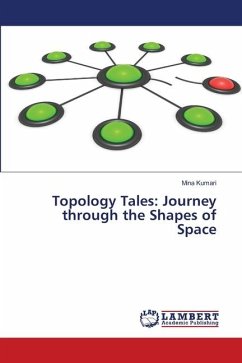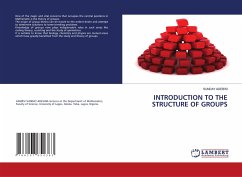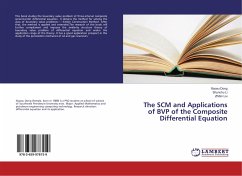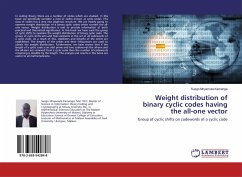In the study of such concepts as fairness and justice, there is a large gap between the ethics literature (where utilitarianism and egalitarianism enjoy wide support) and mathematical bargaining theory (where the Nash bargaining solution has held canonical status ever since its introduction in 1950). This work analyzes the rationale upholding each of the three major ways in which the Nash bargaining solution is justified mathematically (the axiomatic approach, the alternating offers game and dynamic systems) and shows that in every case the basic premises leading to the Nash solution diverge from real-life bargaining scenarios. Furthermore, the book goes on to show that by correcting these premises, the utilitarian solution emerges naturally in every case. This analysis gives for the first time a mathematical model of bargaining that is applicable to real life, and should therefore interest not only game theorists and moral philosophers, but also anyone who wants to navigate any cooperative venture. No prior knowledge in either Game Theory or Ethics is assumed.
Hinweis: Dieser Artikel kann nur an eine deutsche Lieferadresse ausgeliefert werden.
Hinweis: Dieser Artikel kann nur an eine deutsche Lieferadresse ausgeliefert werden.


